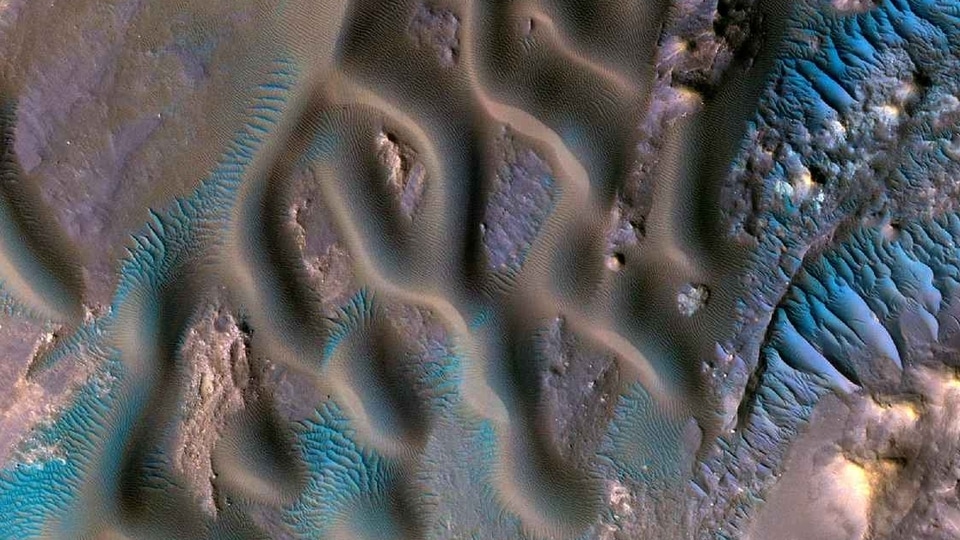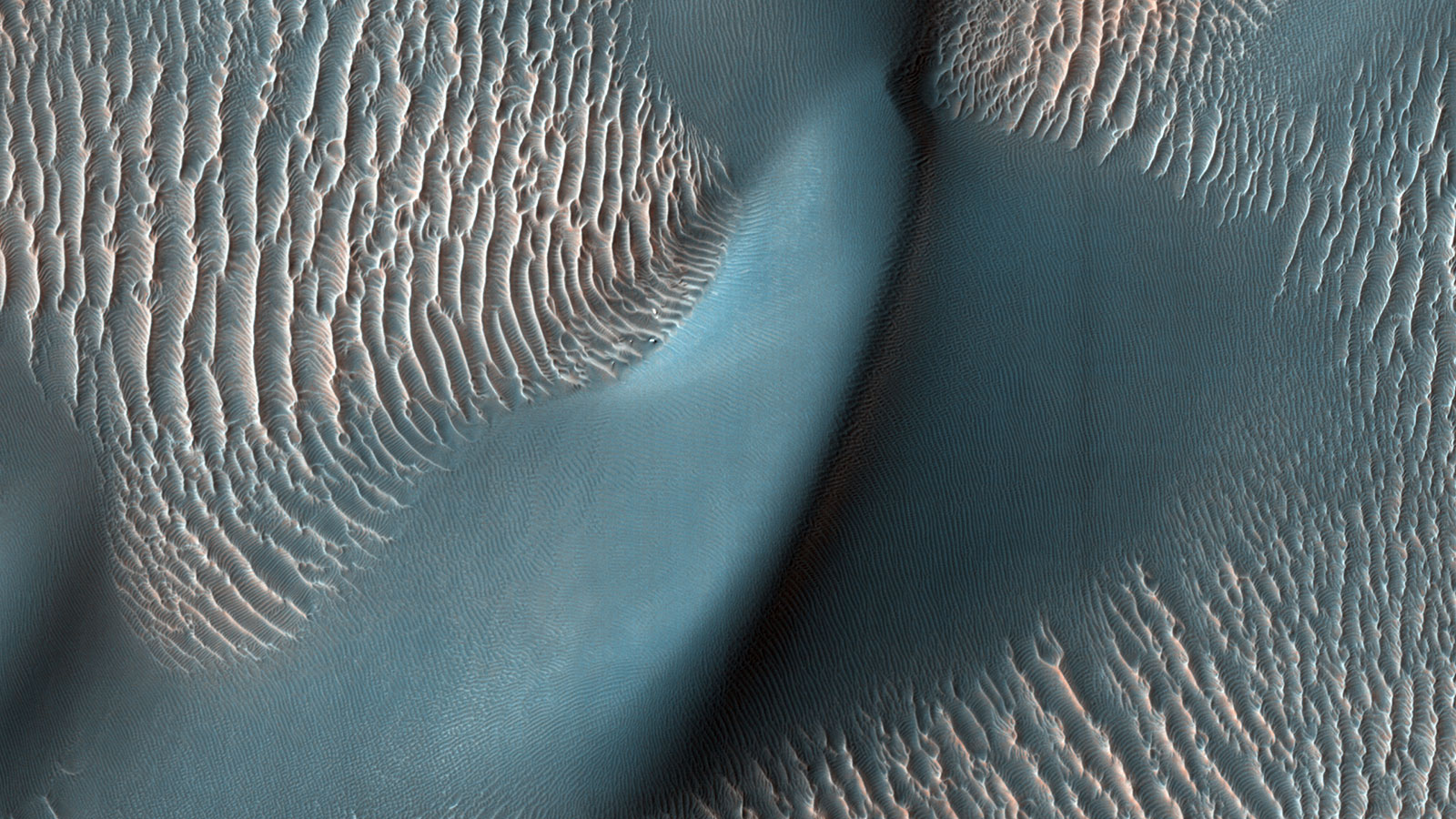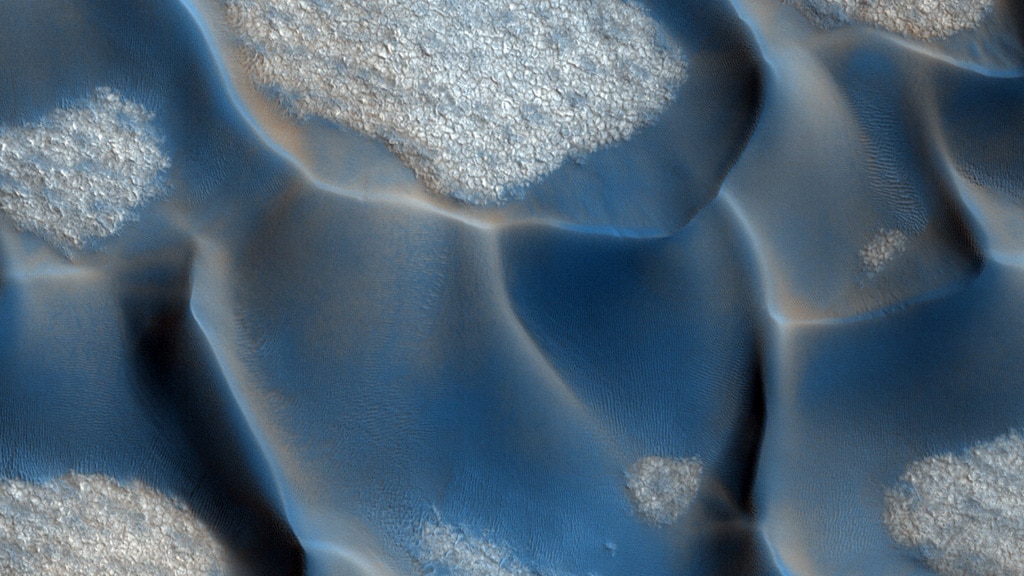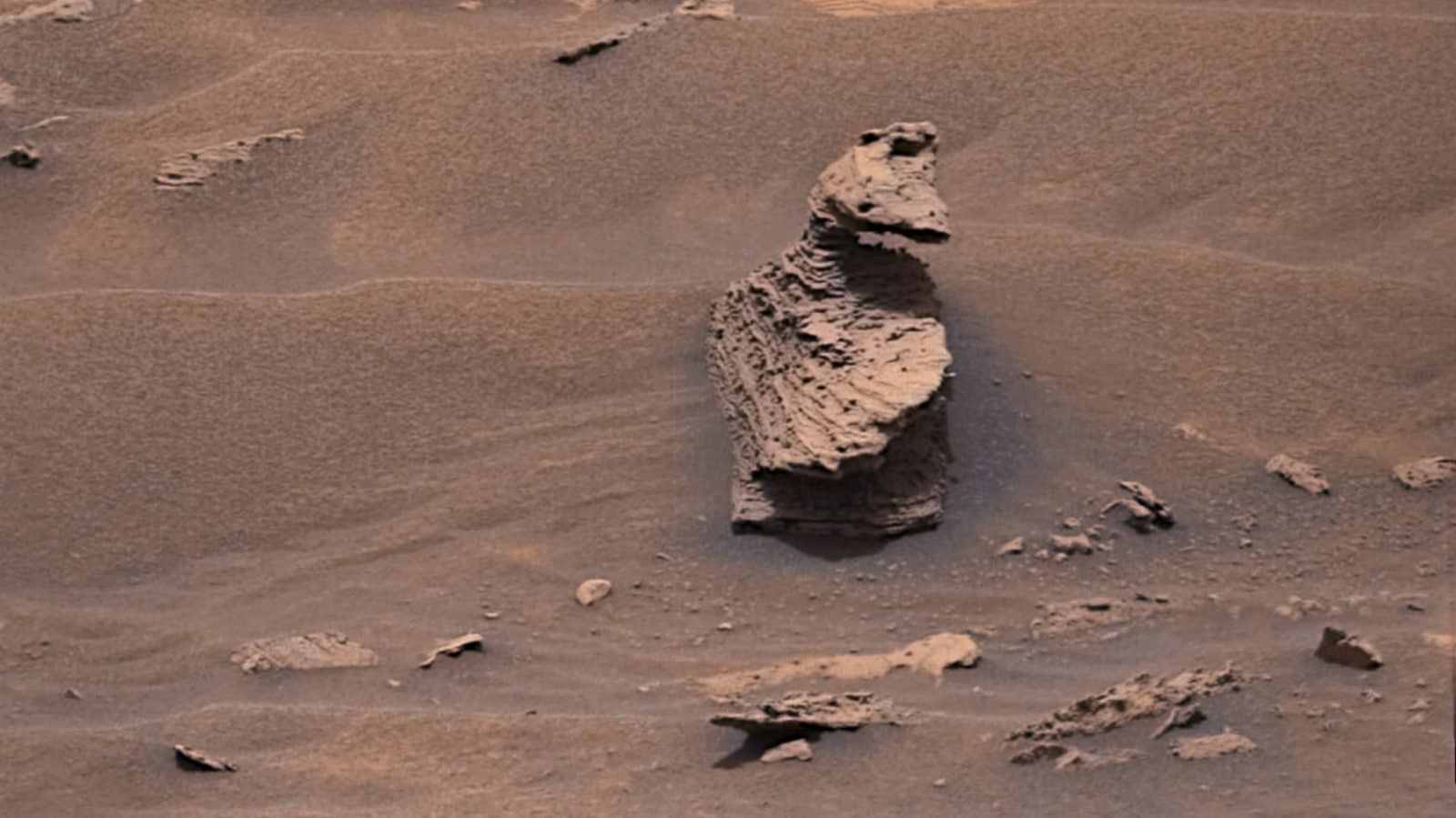Bizarre! A duck! On Mars? Look what NASA Curiosity Rover just shot
NASA’s Curiosity Rover has captured a bizarre image of a duck on Mars. Here's more about it.






 View all Images
View all ImagesIs that you Daffy Duck? That was our first thought when we had a glance at the latest image captured by NASA's Curiosity Rover! The rover has been on a Mars exploratory mission since its launch in 2011 and it has not only captured breathtaking snapshots of the barren planet, but has also discovered the potential signs that life may have existed on the planet. As is clear, the ‘Duck' that was captured is not a real creature, but it is certainly among the most bizarre things captured on the surface of the red planet. It looks like someone actually made it. Aliens?
Earlier this year, the Martian rover spotted a spiked rock formation which formed as a result of the erosion of soil due to high-speed winds gusting on the Martian surface. Now, this bizarre duck shaped rock has left people bewildered. The Curiosity Rover captured this image on SOL 3628, in a region around Mount Sharp.
According to NASA, the Curiosity Rover captures images with its Mast Camera, or MastCam for short, which takes colour images and video footage of the red planet's sandy terrain. The images are then stitched together to create panoramas of the landscape around the rover.
NASA says, “One of the two MastCam camera systems has a moderate-resolution lens, similar to the PanCam on the Mars Exploration Rovers. The other camera system has a high-resolution lens in order to study the landscape far from the rover.”
Curiosity Rover's journey to Mount Sharp
Just a few weeks ago, NASA's Curiosity Rover made its long-awaited journey to the salty region of Mount Sharp. NASA suspects this region to be mineral-rich, calling it a “sulfate-bearing unit”. According to a NASA blog, scientists have believed this region was home to streams and ponds on Mars billions of years ago, which dried up and left minerals behind. If this theory is proved correct, it could provide a wonderful insight into the conversion of Mars from having Earth-like conditions to the barren sandy land it is today.
Although the rover recently made the long trip through treacherous terrain of the Paraitepuy Pass surrounded by mountain ranges, this discovery was made more than a decade ago with the help of the Mars Reconnaissance Orbiter. Since arriving at its target region, the rover has already discovered many types of rocks and even signs of water, among minerals such as magnesium sulfate, calcium sulfate, and sodium chloride.
Catch all the Latest Tech News, Mobile News, Laptop News, Gaming news, Wearables News , How To News, also keep up with us on Whatsapp channel,Twitter, Facebook, Google News, and Instagram. For our latest videos, subscribe to our YouTube channel.




























